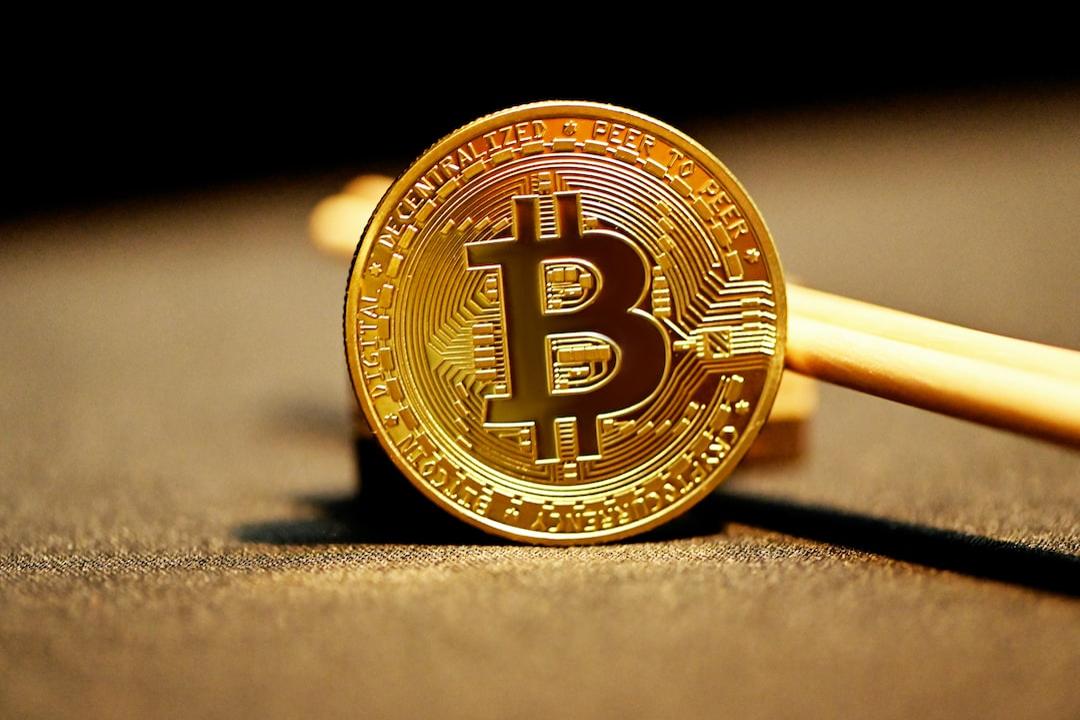Uniswap (UNI) Forms Bullish Double-Bottom Pattern
Uniswap (UNI) has formed a clear double-bottom pattern on its 8-hour chart, suggesting a potential bullish reversal. The token rebounded strongly from the $8.50 support zone, marking two consecutive low points at the same level before breaking higher.
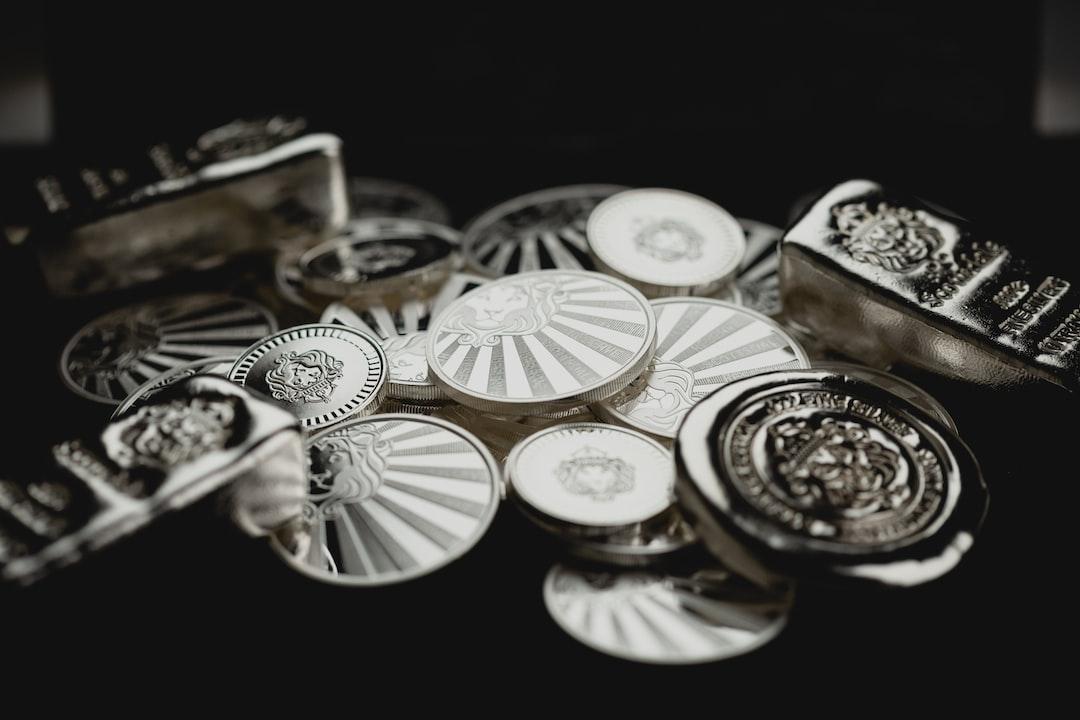
The pattern, confirmed by the sharp upward move toward $9.90, reflects renewed buying pressure after a prolonged downtrend. UNI surged by over 6.4% during this session, indicating strong momentum as it approached the psychological $10 resistance level.
Technical data shows that buyers defended the $8.50 zone twice, preventing further downside. This level now acts as a key support area, reinforcing bullish sentiment. A successful breakout above $10 could open the way toward the $10.80–$11.20 range, aligning with previous consolidation zones observed in mid-July.
The rising green candles following the second bottom highlight growing market interest. If volume supports this move, the double-bottom formation could validate a shift in UNI’s short-term trend from bearish to bullish.
UNI’s price action now hinges on maintaining support above $9.50 while testing the resistance ahead. A sustained move above $10 would likely confirm the reversal pattern and attract additional long positions.
Uniswap (UNI) Holds Key Support as Analyst Highlights Strong Fundamentals
Uniswap (UNI/USD) is maintaining critical support around $8.90, positioning itself for a potential rebound. The daily chart shows the token trading above the $8.83 zone, with $9.53 emerging as immediate resistance.
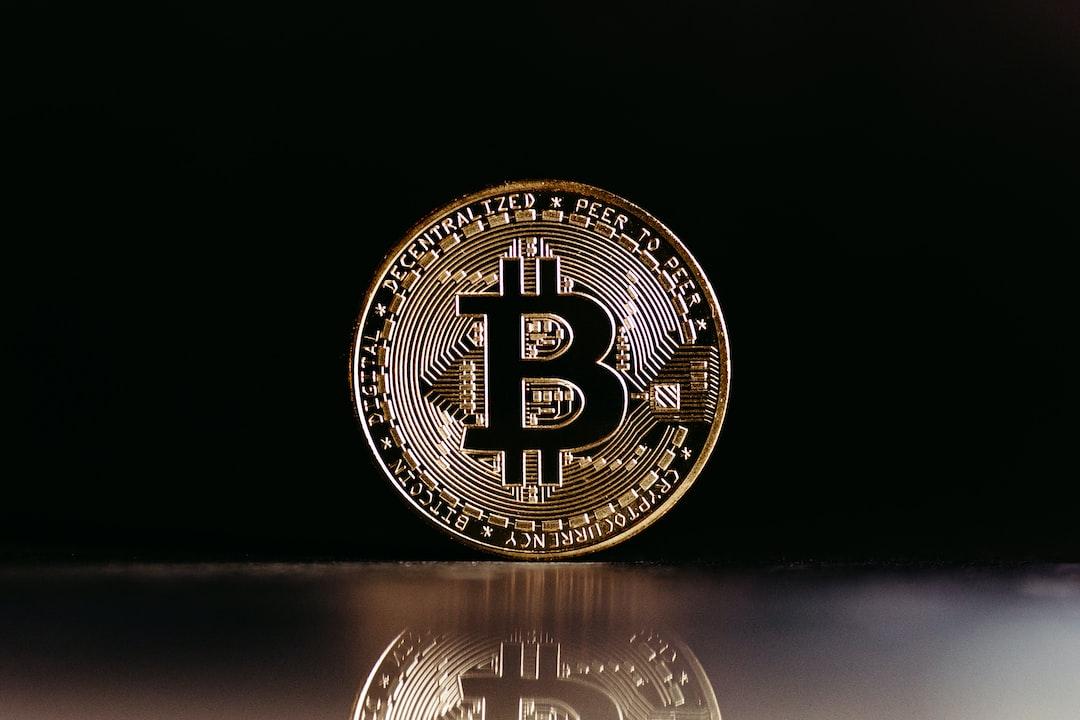
Jeet, a crypto analyst, emphasized UNI’s resilience and its core principles. He noted that the project does not rely on traditional marketing strategies but instead focuses on utility and real-world use cases. Jeet described Uniswap as a prime example of decentralization within the industry.
UNI’s price structure reflects consolidation after recent pullbacks, while historical support levels suggest buyers are active near this zone. If momentum builds, a move toward the $9.50 resistance could validate a bullish continuation.
Jeet encouraged market participants to monitor UNI closely, citing potential upcoming opportunities. The token’s fundamentals, paired with its decentralized model, continue to attract attention as it trades near significant technical levels.
Uniswap (UNI) RSI Nears Bullish Zone After Strong Recovery
On August 5, 2025, Uniswap’s Relative Strength Index (RSI) reached 59.31, reflecting a clear recovery from oversold conditions seen earlier in the month. The RSI climbed sharply from levels near 30, supported by growing buying momentum, and is now approaching the 60 level, often considered a threshold for bullish strength.
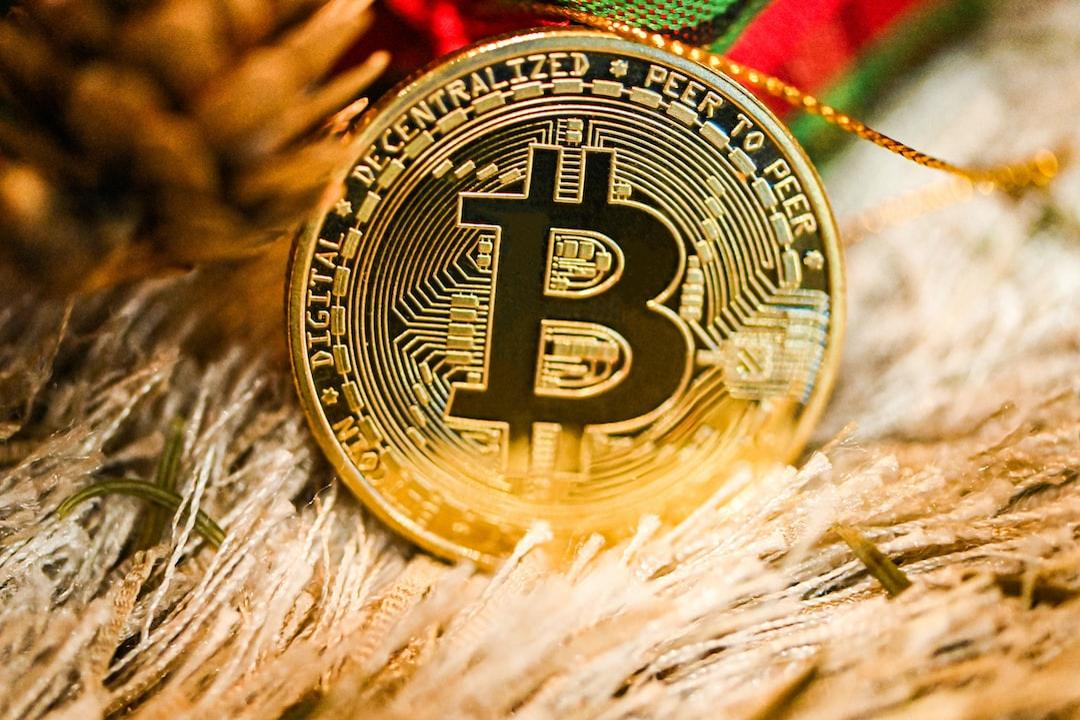
The RSI’s upward trajectory indicates increased demand following recent price rebounds. The indicator remains below the overbought mark of 70, suggesting room for further upward movement if momentum continues. The 14-day moving average for RSI currently stands at 49.83, reinforcing a shift toward positive sentiment as the RSI stays above this line.
This improvement aligns with UNI’s double-bottom pattern observed earlier, with the RSI confirming the shift in market tone. Sustaining an RSI above 50 will be key for validating bullish continuation signals.
Uniswap (UNI) MACD Turns Positive, Confirms Bullish Momentum
On August 5, 2025, Uniswap’s Moving Average Convergence Divergence (MACD) indicator showed a clear bullish shift. The MACD line moved to 0.124, crossing above the signal line at 0.071, while the histogram flipped positive, reinforcing upward momentum.

This crossover signals strengthening buying pressure after a prolonged period of bearish movement that pushed MACD into negative territory late July. The sharp recovery in the MACD reflects increased demand, aligning with UNI’s recent price rebound and double-bottom formation.
The histogram’s expanding green bars highlight accelerating momentum, indicating that bulls are regaining control. Sustaining this positive MACD alignment would strengthen the short-term bullish outlook and support further price gains if confirmed by trading volume.
Uniswap (UNI) Balance of Power Slightly Negative Amid Volatility
On August 5, 2025, Uniswap’s Balance of Power (BOP) indicator registered at -0.10, reflecting a slight tilt toward sellers despite recent upward price movement. The BOP remains close to the neutral level, highlighting mixed market sentiment and ongoing fluctuations in buying and selling strength.
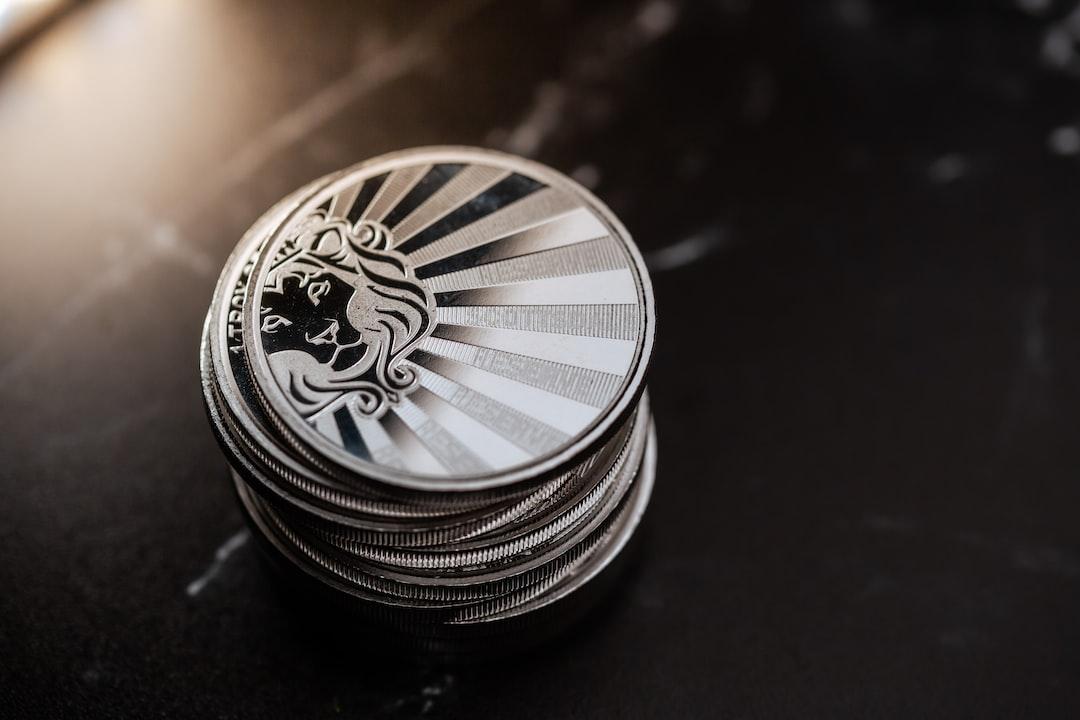
Throughout the past weeks, the BOP has oscillated sharply between positive and negative zones, indicating heightened volatility. Its current positioning suggests that while buying pressure has improved in recent sessions, it has not fully overpowered lingering selling activity.
Maintaining levels near neutrality implies that UNI’s price could consolidate further before a decisive trend emerges. A sustained shift into positive territory would strengthen the bullish outlook established by RSI and MACD signals, while a deeper drop below current levels might indicate renewed short-term selling.
Uniswap DAO Governance Developments
Meanwhile, Uniswap DAO approved two funding proposals under its “Uniswap Unleashed” initiative, allocating $95.4 million for grants and $45 million for liquidity incentives. These funds will support Uniswap v4 and the launch of Unichain.
The grants program focuses on ecosystem development, while liquidity incentives aim to improve trading activity. Managed by Gauntlet, the initiative also lays groundwork for future fee-switch activation, which would redirect protocol revenue to token holders.
Governance debates followed these moves, with delegates raising concerns over the Uniswap Foundation’s autonomy. Critics argued that the Foundation’s operational independence weakens direct DAO control. In response, the Foundation launched a Feedback Group to increase transparency and maintain closer coordination with governance participants.
Regulatory Scrutiny and Research Innovation
During a congressional hearing on June 5, 2025, Uniswap Labs’ Chief Legal Officer, Katharine Minarik, addressed decentralization concerns. Lawmakers questioned the DAO’s independence, emphasizing the Foundation’s influence over governance decisions. Minarik clarified that Uniswap Labs has no authority to alter DAO outcomes, underscoring separation between the entities.
In parallel, academic research introduced zScore-based reputation modeling for Uniswap users, analyzing liquidity and trading behaviors. Other studies applied reinforcement learning to optimize liquidity provisioning, aiming to mitigate impermanent loss. These advancements highlight Uniswap’s dual trajectory: navigating governance and regulatory oversight while fostering on-chain technical innovation.

